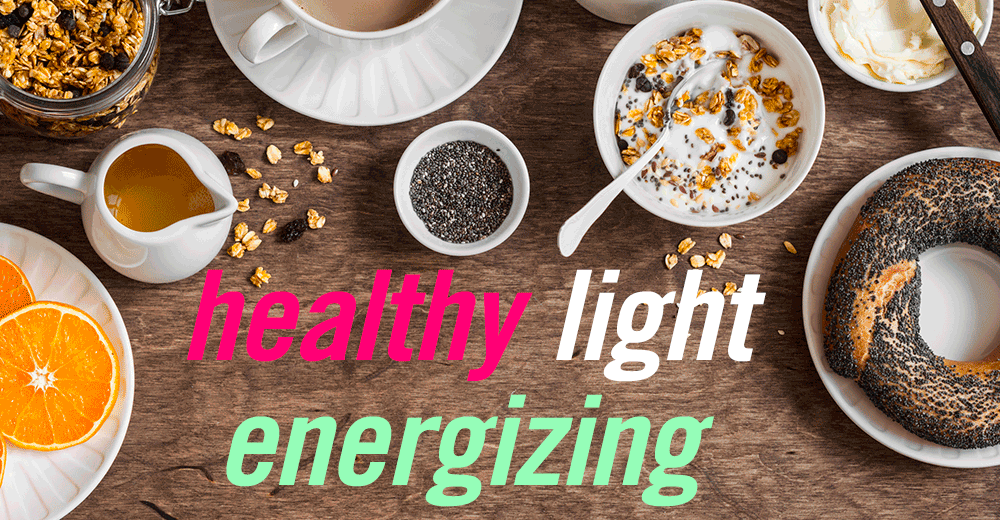1 18
1 18
Snackers like to start the day off right, seeking out snacks that are healthy (29 percent), light (23 percent) and energizing (23 percent).
24 percent of Americans snack to relieve stress. Mintel has tracked a steady rise of eating snacks—especially salty snacks—as a stress reliever. Three in five (62 percent) consumers reported eating salty snacks as a stress reliever last year, compared with just 16 percent in 2015.
Snackers have upped their snack frequency from one time per day to two to three times. In 2015, 50 percent of Americans snacked two to three times a day, and in 2017, 55 percent do.
Snacks aren’t just bags of chips or carrot sticks anymore. Nearly two in five consumers agree that anything can be considered a snack. One in seven report snacking on “less traditional” snacks like sandwiches and cereal.
Younger consumers are snacking hardest of all. Millennials are the most likely to snack four or more times a day (25 percent).
Just one in 10 of Gen X snack four times a day or more.
50 percent of Americans say they snack to treat themselves, according to Mintel research.
Even though we like to treat ourselves, health is another form of self-care, and it’s a growing factor in how we snack. Snacks with health-related claims are now among the fastest growing snack launches. Low/no/reduced allergen snacks account for 46 percent of new snack product launches in 2017, an increase of 30 percentage points from 2013, according to Mintel’s Global New Products Database.
39 percent: Increase of popcorn sales since 2011, with popcorn snack sales reaching $2.4 billion.
Just 9 percent of baby boomers reach for snacks more than four times a day, perhaps more ingrained with a “three square meal a day” pattern.
“Health-focused snacks should appeal with messages about enjoyment and indulgence,” says Beth Bloom, senior analyst, food and drink with Mintel. “In recent years, brands have focused product innovation largely on cleaner formulations, highlighting an opportunity for innovative products with health attributes that appeal to health-conscious consumers.”
One-third of consumers say the majority of snacks they eat are healthy, and 28 percent say they are snacking on healthier treats this year compared to 2016. Still, “the highest percentage of snackers do so for a treat, meaning even health-focused snacks should appeal with enjoyment,” Bloom says.
Attributes like sweet (30 percent), comforting (25 percent) and indulgent (22 percent) come out at night.
Consumers hitting that 3 p.m. blah zone are more likely to look for snacks that are healthy (26 percent), sweet (23 percent) and energizing (23 percent).
One-fourth of high-frequency snackers (three to four or more times a day) claim to be too busy to eat a full meal.
Mintel research shows that sales of salty snacks (pretzels, corn snacks, pork rinds, popcorn and cheese-flavored snacks) have grown 30 percent since 2011, reaching an estimated $11.2 billion in 2016. This is due primarily to innovation in the popcorn and meat snack categories.
$3.3 billion: Estimated sales of meat snacks in 2016, up 51 percent from 2011.

